The Scandium Metal Market is currently characterized by a dynamic competitive landscape, driven by increasing demand for lightweight materials in aerospace, automotive, and energy sectors. Key players such as Scandium International Mining Corp (CA), Australian Mines Limited (AU), and Rusal (RU) are strategically positioning themselves to capitalize on these growth opportunities. Scandium International Mining Corp (CA) focuses on developing its flagship project in the USA, aiming to enhance domestic production capabilities. Meanwhile, Australian Mines Limited (AU) is leveraging its extensive resources in Australia to establish a strong foothold in the global market, emphasizing sustainable mining practices. Rusal (RU), a major player in the aluminum industry, is integrating scandium into its product offerings, thereby enhancing the performance of aluminum alloys. Collectively, these strategies indicate a shift towards innovation and sustainability, shaping a competitive environment that prioritizes advanced materials and responsible sourcing.
In terms of business tactics, companies are increasingly localizing manufacturing and optimizing supply chains to enhance efficiency and reduce costs. The market appears moderately fragmented, with several players vying for market share. However, the collective influence of key players is significant, as they engage in strategic partnerships and collaborations to strengthen their market positions. This competitive structure suggests that while individual companies may operate independently, their actions are interconnected, influencing overall market dynamics.
In August 2025, Scandium International Mining Corp (CA) announced a partnership with a leading aerospace manufacturer to develop advanced aluminum-scandium alloys for aircraft components. This collaboration is poised to enhance the performance and reduce the weight of aircraft, aligning with industry trends towards fuel efficiency and sustainability. The strategic importance of this partnership lies in its potential to open new markets and applications for scandium, thereby driving demand.
In September 2025, Australian Mines Limited (AU) secured a significant investment from a consortium of international investors aimed at expanding its scandium production capabilities. This influx of capital is expected to facilitate the development of new extraction technologies, which could lower production costs and increase output. The strategic implications of this investment are profound, as it positions Australian Mines Limited (AU) as a key player in the global supply chain, potentially influencing pricing and availability.
In October 2025, Rusal (RU) unveiled a new line of aluminum alloys that incorporate scandium, targeting the automotive sector for lightweight vehicle components. This move reflects a growing trend towards the use of advanced materials in automotive manufacturing, driven by regulatory pressures for emissions reductions. The introduction of these alloys is strategically significant, as it not only diversifies Rusal's product offerings but also aligns with the industry's shift towards sustainability and innovation.
As of October 2025, the competitive trends in the Scandium Metal Market are increasingly defined by digitalization, sustainability, and the integration of advanced technologies such as AI. Strategic alliances are becoming more prevalent, as companies recognize the need to collaborate in order to innovate and meet evolving market demands. Looking ahead, competitive differentiation is likely to evolve from traditional price-based competition to a focus on innovation, technological advancements, and supply chain reliability. This shift underscores the importance of developing unique value propositions that resonate with environmentally conscious consumers and industries.


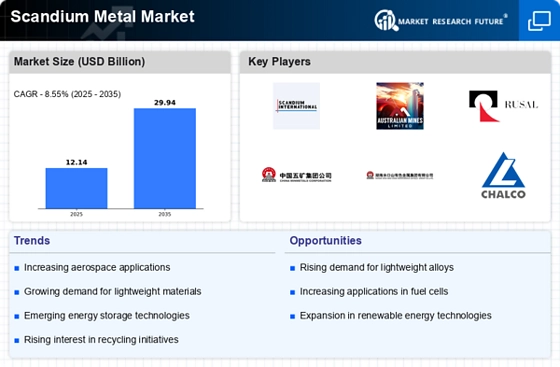
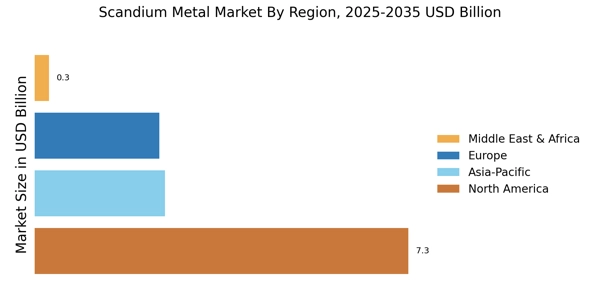
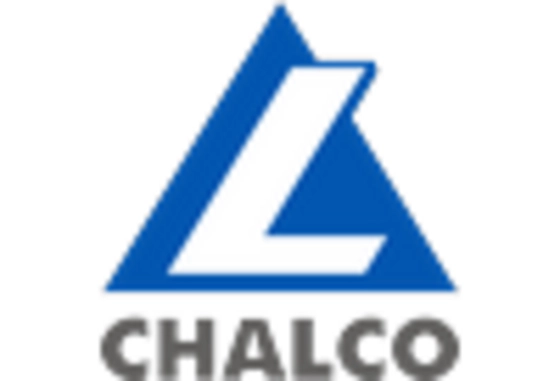
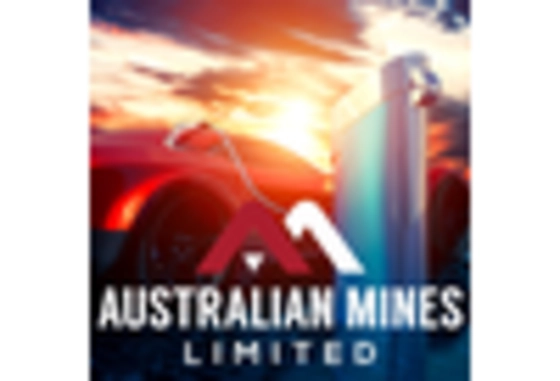
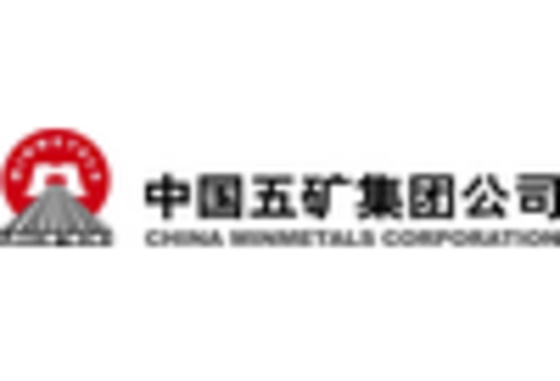
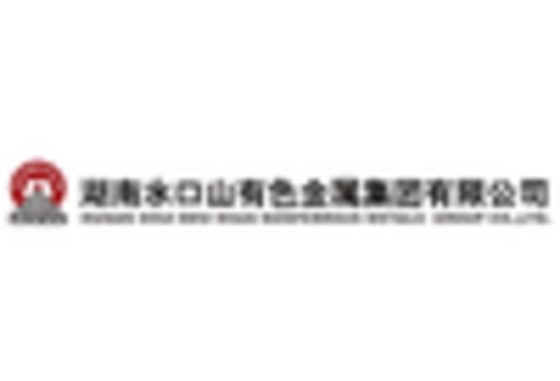
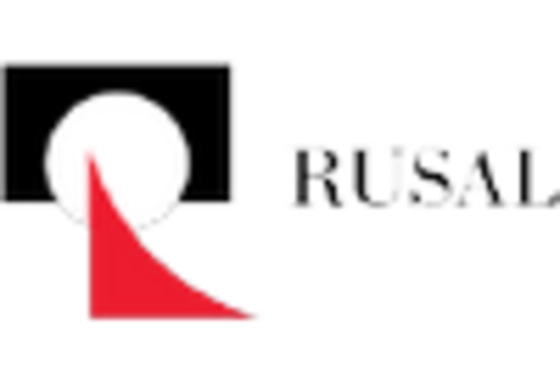
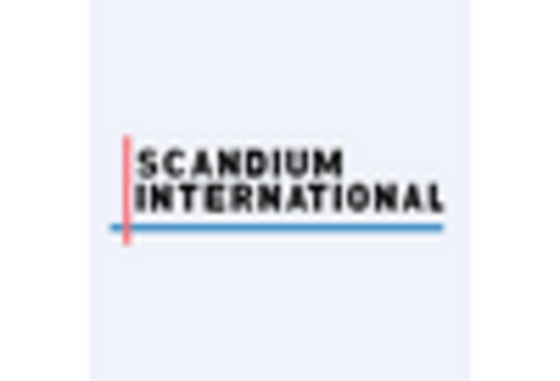








Leave a Comment